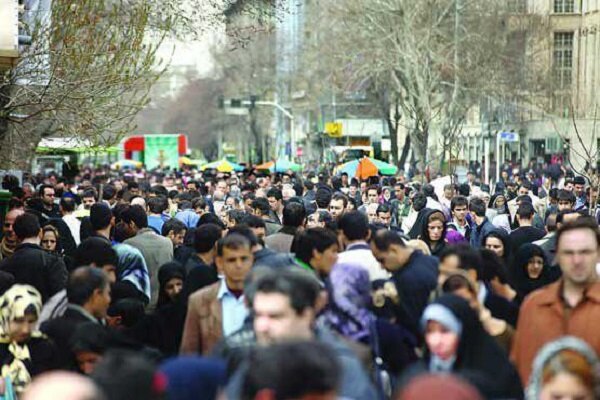Iran at risk of 'demographic winter' with population halved by the end of the century
Despite incentives and family support, Iran’s birth rate is constantly decreasing. By 2101, the population could be halved, with about half being elderly. The Islamic Republic has seen one of the fastest drops in fertility in the world. Supreme leader Ali Khamenei’s appeal falls on deaf ears.
Tehran (AsiaNews) – The Islamic Republic of Iran is facing a potential demographic winter, according to experts.
With the birth rate declining despite government efforts to encourage births and support families, the Iranian population is seemingly destined to be halved by the end of the century.
Addressing an issue shared with other countries in Europe, Asia, and even Africa, Deputy Health Minister Alireza Raisi highlights the risk of a significantly reduced and aging population for the country’s future. By 2101, the population could shrink by as much as 50 per cent, nearly half potentially senior citizens.
Raisi reports that Iran has experienced one of the fastest declines in fertility in the world, going from an average of six children per family to less than three in just one decade. If the trend continues, he explained, the country's overall population could drop to about 42 million by the end of the century, a change he calls drastic from the current level of more than 87 million.
“This means half of Iran’s population will be elderly,” Raisi added, urging action to raise awareness of the potential social and economic consequences of such a shift. In fact, the issue of Iran's aging population has raised concern among government officials and demographic experts.
Hesameddin Allameh, former head of Iran's National Elderly Council for the, recently described a looming demographic danger, because nearly 10 million people are now classified as elderly.
Highlighting the disparities across the country, he went on to say that the provinces of Gilan and Mazandaran currently have the oldest populations in the country, while Sistan-Baluchestan and Hormozgan remain the youngest.
Yet, despite calls from senior leaders, including Supreme Leader Ali Khamenei himself, for families to increase the birth rate, efforts have had limited success.
The ban on legal abortion and the offer of benefits such as free land and insurance coverage promoted by the government have not reversed in the trend.
Data from the National Organisation for Civil Registration show 17,000 fewer births in 2023 over the previous year, suggesting that natalist policies struggle to be accepted.
The main factor in the decline is the economic crisis, which has seen more than a third of Iranians fall below the poverty line, with inflation top 40 per cent for five consecutive years.
Other elements include changing social norms and lifestyle in cities, which are increasingly influencing family planning choices.
At the same time, the demographic challenge must consider the annual deaths, which currently stand at around 450,000, against annual births of around one million. Despite a net natural population increase of about 550,000 each year, the growth rate is down.
Raisi warned that without significant political changes, Iran could face an existential threat. “If the situation persists, in 100 years, there will be no country called Iran,” he stated, calling for unified action among government officials to face the issue.
Shahla Kazemipour, a demographer and university lecturer, said the birth rate decline is nationwide, a sign that the trend is likely to continue without targeted intervention.
The expert notes that the aging population is an inevitable reality, posing significant economic and social challenges in the coming decades, combined with the country's crisis caused by international sanctions and tensions in the region, with the risk of war with Israel.
According to Ahmad Moazen Zadeh, head of the Iranian Physiotherapy Association, the country's elderly population currently stands at about seven million people, about 8 per cent of the population.
With the expected growth of this age group, health and social services will face increased demand, which will require extensive planning and resources to manage.
As Iran grapples with an aging society and long-term demographic decline, the future stability of its workforce, economic resilience, and healthcare system could depend on policy reforms aimed at encouraging sustainable population growth.
07/02/2022 16:05
22/12/2023 16:44







.png)










